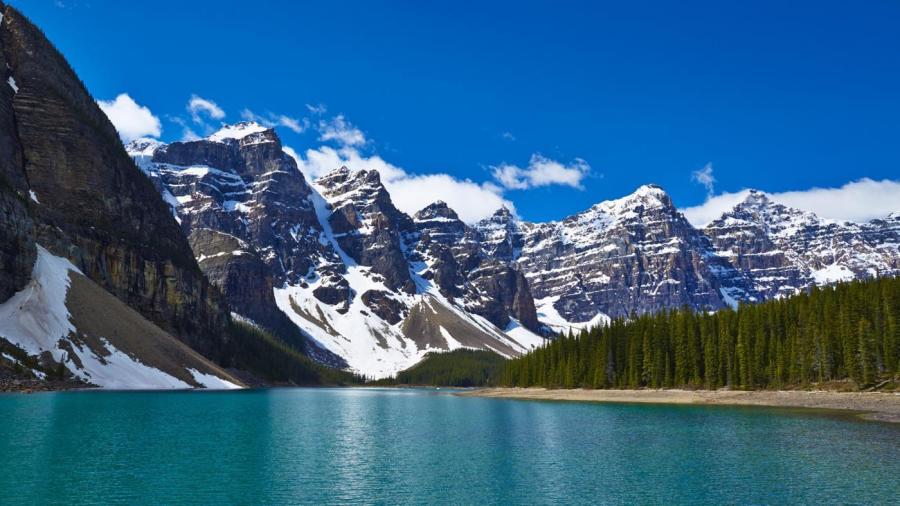What Is Accumulation in the Water Cycle?

Accumulation is the part of the water cycle in which water gathers in large quantities such as rivers, lakes, oceans, glaciers, ice caps and aquifers, according to the U.S. Geological Survey. After water accumulates, it evaporates back into the atmosphere to start the water cycle over again. Accumulation occurs after water precipitates out of the sky.
In winter, water accumulates as ice and snow, and when weather gets warmer, snowmelt runs off into streams, lakes and rivers. In colder climates, frozen precipitation can gather as massive glaciers that keep water locked up for thousands of years.
Liquid precipitation flows over land as surface runoff. This runoff goes to lakes and seeps into the ground for freshwater accumulations. Oceans are the largest accumulations of water on Earth.
Some precipitation goes deep into the ground to replenish subsurface aquifers. This type of water is called infiltration. This infiltration can come back up to the surface as springs or can seep into plants to become part of the water cycle again.
The water cycle has four main steps: evaporation, condensation, precipitation and accumulation. Water evaporates and rises into the atmosphere upon heating and then condenses into clouds as it cools. When enough condensation forms, clouds become saturated and water falls to the ground as a liquid or solid. Then water accumulates before evaporating again.





